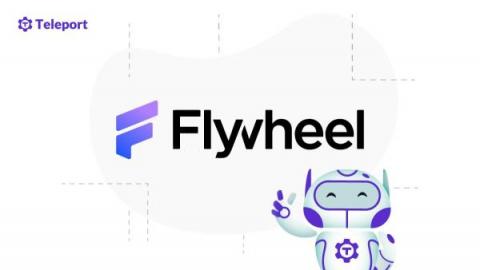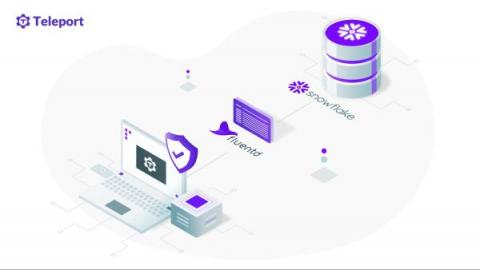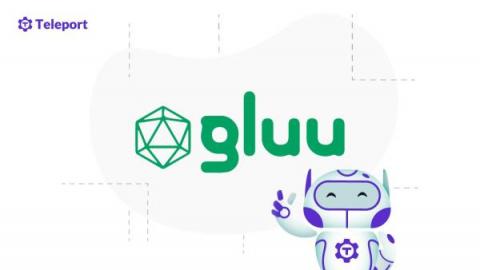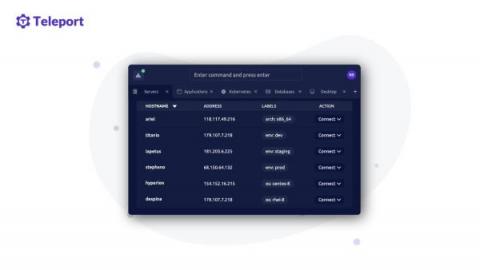Security | Threat Detection | Cyberattacks | DevSecOps | Compliance
October 2022
Flywheel Accelerates Deployments and Provides Agile, Compliant Support for Biomedical Researchers using Teleport
As companies increasingly move to remote workforces, the need for secure and rapid offboarding has never been greater. Flywheel, a digital agency that specializes in healthcare and life sciences, has found great success using Teleport to streamline its offboarding process. Flywheel had been using a traditional VPN solution to grant access to customer environments, but found the process to be slow and cumbersome.
Securely Managing Your Audit Logs with Teleport and Snowflake
One of the most important features Teleport has to offer is that it centralizes all of your infrastructure’s audit logging into one central place, mapping every query, every command and every session to an individual user's identity. As you hire more engineers and resources scale, it can become increasingly difficult to manage all of this log data. Luckily Teleport’s extensibility makes this log data extremely easy to format, export and monitor all in a secure, event-driven way.
Securely Implementing IdP-initiated SAML2 Login
Security Assertion Markup Language 2.0, or more commonly known as SAML in the industry, is one of the most used protocols for single-sign-on on the modern web. It allows an application like Teleport to communicate with an upstream identity provider like Okta or Google Workspace to securely get trusted information about users when they log in, removing the need for sign-ups, log-ins and tying identities to people inside the application.
How Gluu provides clients instant access to their Open-source platform using Teleport
With Teleport, Gluu can provide its clients with near-instantaneous access to its open-source software, allowing them to get up and running in minutes. This is a huge benefit for organizations who need to quickly provision their tools in order to start using them. In the past, Gluu has documented many ways that it uses Teleport to provide Gluu clients a gateway for their tools.
Kubernetes Access support for Teleport Connect
Teleport 10.3 was released on September 30, 2022 along with a lot of new features, bug fixes and improvements. This blog post will focus on one new feature that deserves a deeper dive.







